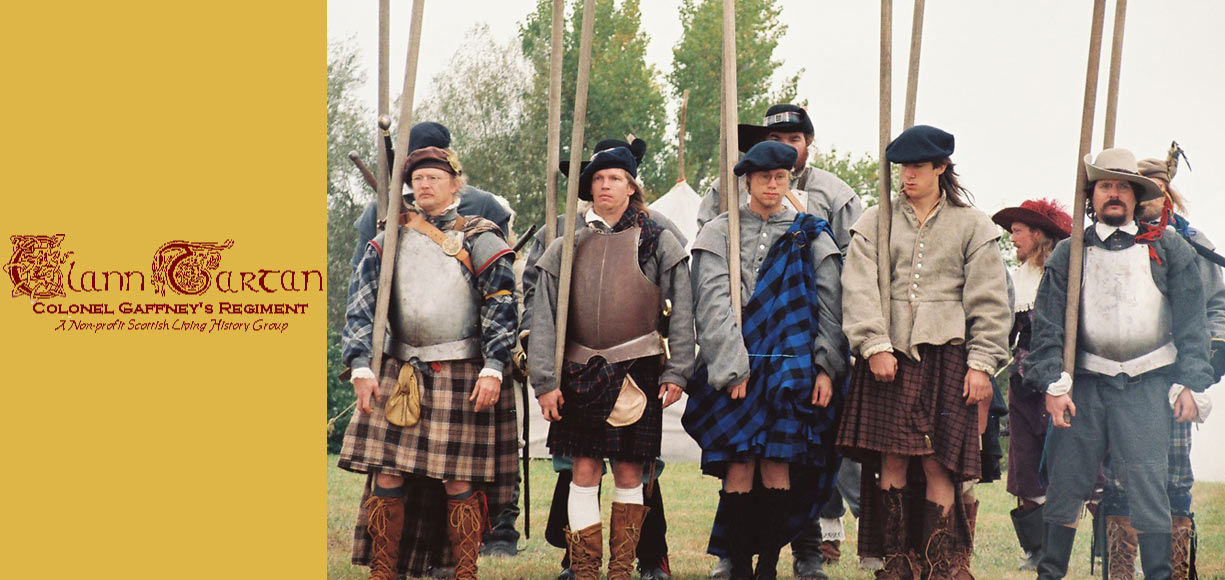Armor: Its use and disuse in Europe c. 1630 AD
In 1635 Axel Oxenstierna, Chancellor and Regent (Gustavus was dead, and his daughter Christina a minor) of Sweden visited Germany. From there he wrote home:
No horsemen's or soldiers' harness or pots need be sent here, since they have become little used, but mostly cast off because of the long marches one is engaged in here.
Quoted in: The Army of Gustavus Adolphus 2 - Cavalry, p. 11 (Also Online — search for Oxenstierna)
King Gustavus Adolphus encouraged the use of armor, but did not set a good example. He stopped wearing armor after being wounded in 1627 in a battle against the Poles. The wound made the armor too uncomfortable. This may have contributed to his death at Lützen in 1632 at the hands of Imperial cuirassiers—armor might have stopped some of the pistol bullets and sword thrusts and so given his own men time to help him.
Scottish soldiers who had fought for the Swedes may have taken this trend home for the British Civil Wars. From Scots Armies of the English Civil Wars, p. 19:
...with the exception of the detachments of halberdiers formed in 1647, none of them [the Scots infantry] were ever issued with armour.

